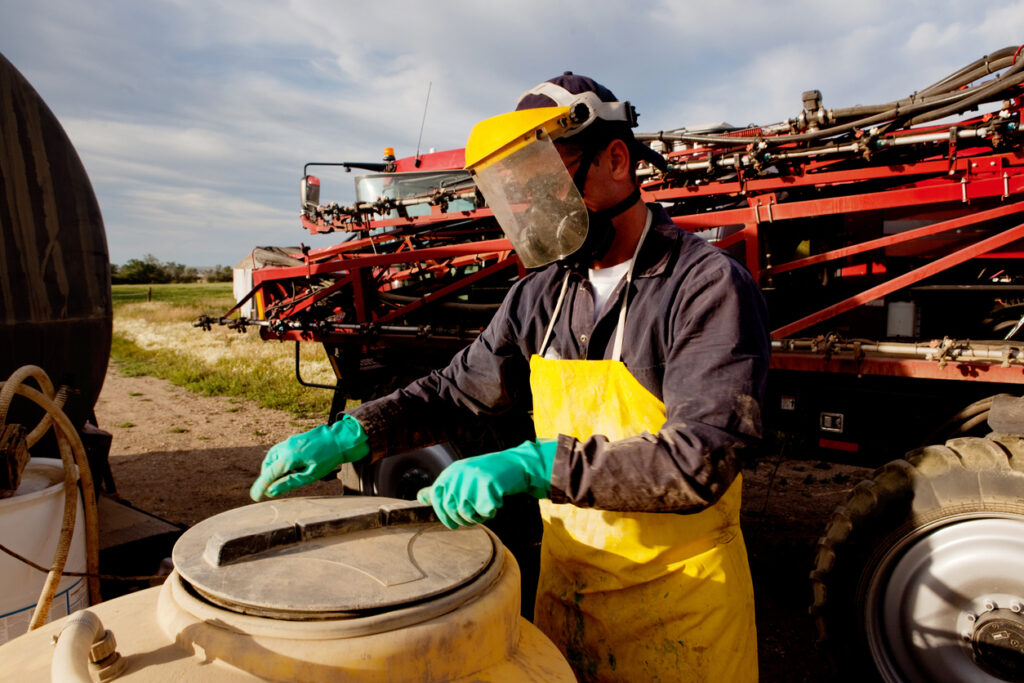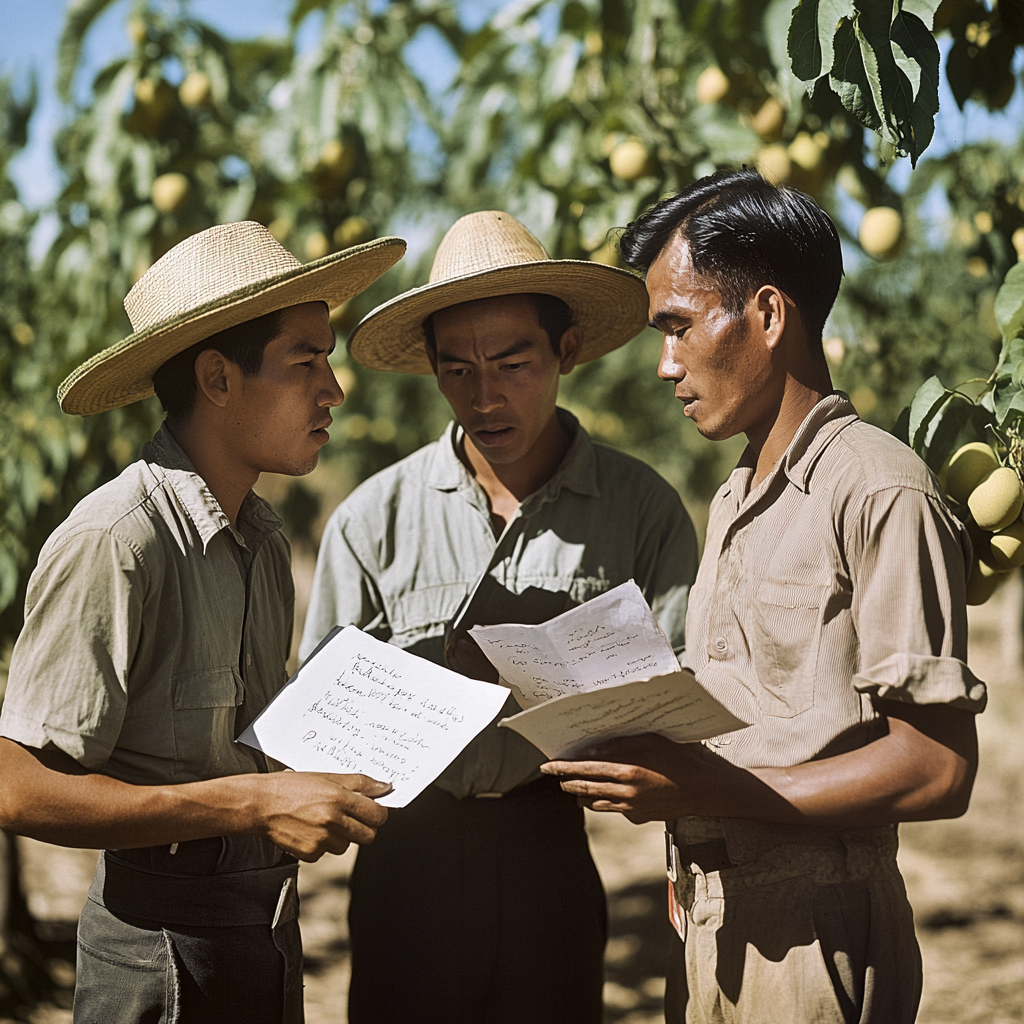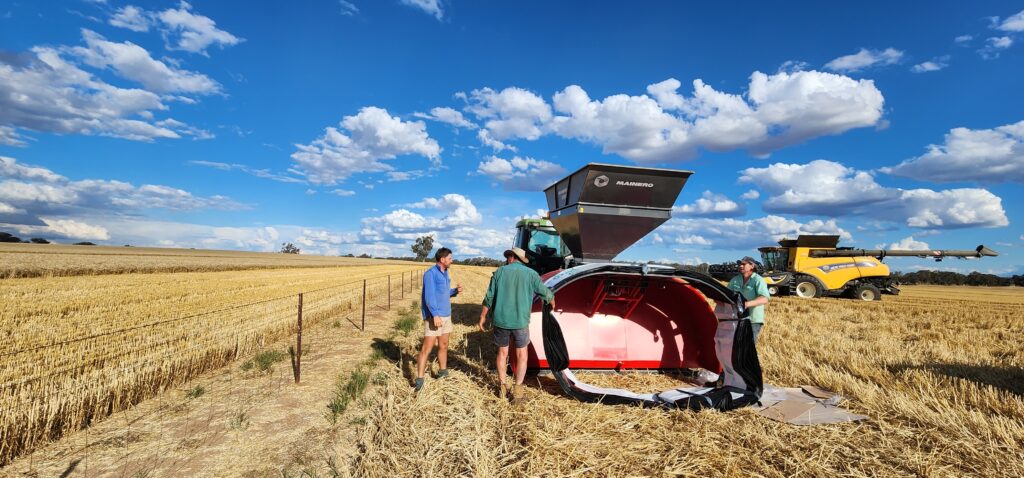Agricultural Learning
Introduction
Australia’s farms and agricultural businesses are more than places of production — they’re communities built on hard work, resilience, and a deep connection to the land. But with that comes responsibility. As farms grow, regulations tighten, and labour becomes more transient, the way we teach and protect our people needs to evolve too.
It’s no longer just about compliance. It’s about making sure every person — from a lifelong farmhand to a seasonal backpacker — feels equipped, safe, and respected. The right Learning Management System (LMS) can help make that happen.

Why Agricultural Learning Needs to Evolve
Agriculture employs more than 250,000 people across 85,000 businesses in Australia. From small family-run farms to large-scale agribusinesses, one thing is constant: training is often inconsistent, and knowledge doesn’t always get passed on effectively.We’re seeing greater diversity in our workforce, rising compliance standards, and a digital shift in how we manage operations. Yet many farms are still relying on outdated induction folders, verbal instructions, or borrowed training from other industries.Without accessible, repeatable, and relatable learning tools, good knowledge gets lost — and that can cost lives, livelihoods, or entire harvests.Learn how Acumind AI addresses these challenges
Core Challenges in Agricultural Training Today

When training is treated as a one-size-fits-all obligation, it often feels like a box-ticking exercise. Workers may not engage with the material, and managers are left unsure about who’s genuinely ready for the job. Time constraints only make this worse — especially during busy harvest periods, when every hour matters and supervisors are already stretched thin.
These aren’t just administrative problems. They affect the safety, wellbeing, and productivity of every person on the farm.
What an Agricultural LMS Needs to Deliver
For any learning platform to be effective in agriculture, it must reflect the realities of the land and the people who work it. Training content should use clear visuals and real-world examples rather than abstract theory or jargon. It should be accessible in multiple languages to ensure that all workers — regardless of background — feel seen and included.
Because many rural properties have unreliable internet, training tools must function offline or on mobile devices. And for those managing operations, a good system should provide clear visibility into who has completed what, and where extra support might be needed.
An LMS that does this well creates consistency and clarity — and more importantly, it communicates care.

Common Training Gaps in Seasonal Farm Operations
Talk to any farm manager during peak season, and they’ll tell you — there’s no time to train properly. People arrive, the work begins, and safety often relies on a quick chat and a gut feeling.
But we know that’s not enough. Especially when:
Why LMS Solutions Need to Fit the Agricultural Context

For a training system to succeed here, it must be practical. That means it needs to adapt to the seasonal ebb and flow of staffing, offer training in multiple formats and languages, and operate without full-time internet access. Just as importantly, it must provide easy ways for managers to monitor progress and maintain compliance across shifting crews.
When learning is made local, simple, and culturally responsive, it doesn’t just improve performance — it builds trust and confidence on the ground.
Explore how Acumind AI supports regional and seasonal training
Mental Health and Training in Agriculture
Beyond physical safety, mental wellbeing plays a critical role in agricultural workplaces. Farm work can be demanding, isolating, and uncertain — especially for seasonal or migrant workers adjusting to new environments, languages, and systems. In recent years, there’s been growing recognition of the mental health toll in the sector, particularly around long hours, financial pressure, and a lack of structured support.
Effective training systems can quietly support mental wellbeing. When learning is clear, accessible, and inclusive, it reduces confusion and anxiety. When safety messages include tools for emotional regulation or knowing where to go for help, it strengthens psychological safety.
A good LMS for agriculture doesn’t need to replace mental health services — but it can complement them by embedding messages of support, respect, and clarity into every training touchpoint.

Conclusion
Training in agriculture isn’t just a line item — it’s a commitment to the people behind the produce. Every video watched, every instruction understood, every safety step remembered… that’s someone going home safely. That’s a harvest protected. That’s a job done well.
If the goal is safer, smarter farming, we need to give our people better tools to learn. Tools that meet them where they are — whether that’s in a packing shed, on a tractor, or in a new country far from home.
And that’s what the right LMS can do.

